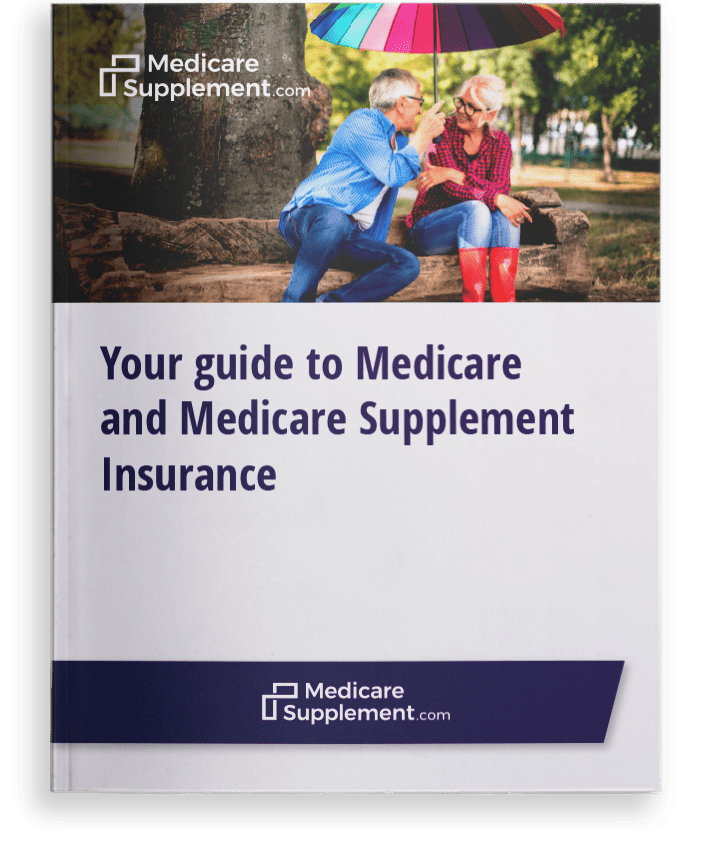Enrollment
Medicare Part B Enrollment | What You Need to Know
It's important that you prepare for Medicare Part B enrollment before you reach age 65. There are different aspects of enrollment that you should be aware of, and preparing now can help you ensure you don't encounter any problems. Learn more about Medicare Part B enrollment, eligibility and costs.
How To Sign Up For Medicare Part B
Medicare Part B is optional, and you'll need to be enrolled in Medicare Part A to get it. Some people get Medicare Part A and Part B automatically, while some have to sign up manually. More on this later.
If you haven't signed up, you have a few options for how to get started with your Medicare Part B enrollment. One way is to complete the application provided by the Center for Medicare & Medicaid Services and bring your completed form to your local Social Security Office.
You can also apply for retirement benefits and/or Medicare online. However, it is very important that you fully understand your Medicare eligibility and options. If you have questions or need assistance during the process, visit your local Social Security Office or call the Social Security Administration at 1-800-772-1213; TTY: 1-800-325-0778.
If you worked for a railroad, you need to call the Railroad Retirement Board at 1-877-772-5772.
Compare Medigap plans in your area.
Find a planOr call now to speak with a licensed insurance agent:
1-800-995-4219
Common Medicare Enrollment Mistakes
As you prepare to enroll in Medicare Part B, it's important that you make sure to avoid some common mistakes to could be potentially costly in the long term.
Mistake #1: Assuming You’ll Be Automatically Enrolled In Part B.
Some people get Medicare automatically, but many have to sign up manually.
You’ll only be enrolled in Part B automatically if:
- You’re already receiving Social Security or Railroad Retirement Benefits when you turn 65
- You’ve been receiving benefits from either Social Security or the Railroad Retirement Board (RRB) for an approved disability for at least 24 months
- You have Amyotrophic Lateral Sclerosis (ALS/Lou Gehrig’s disease)
If you don’t meet any of those criteria and need to sign up for Medicare manually, the best time to do so is when you first become eligible, during your 7-month Initial Enrollment Period (IEP). In most cases, your IEP:
- Begins 3 months before the month you turn 65
- Includes the month you turn 65
- Ends 3 months after the month you turn 65
Mistake #2: Not signing up for Part B because you read that it was “voluntary.”
If you receive Medicare benefits, you are required to have at least Medicare Part A. Many people who are eligible for Medicare receive Part A premium-free, but most people must pay a monthly premium for Part B coverage.
While Medicare Part B may not be “mandatory,” be careful about opting out. Depending on your situation, you could wind up with late enrollment penalty tacked onto your Part B premium (if you do eventually sign up for it). If you meet certain conditions that allow you to sign up for Part B during a Special Enrollment Period, you won’t have to pay a late enrollment fee.
However, if you don’t qualify for an SEP and don’t enroll in Part B when you’re first eligible, your premium will go up 10% for each 12-month period you could have been covered but weren’t enrolled. If you have to pay a Part B late enrollment penalty, you’ll have to pay this penalty for as long as you have Part B.
Compare Medigap plans in your area.
Find a planOr call now to speak with a licensed insurance agent:
1-800-995-4219
Mistake #3: Signing up for Part B while you’re still on your employer coverage.
If you’re 65 or older, still working and are covered under a group health plan from your (or your spouse’s) current employer, you may qualify for a Special Enrollment Period (SEP). In these cases, you can typically delay your Medicare Part B enrollment without incurring late-enrollment penalties.
To qualify for an 8-month Special Enrollment Period:
- You or your spouse (or family member, if you're disabled) must be working
- You must be covered by a group health plan through the employer or union based on that work
If that’s the case, your SEP starts:
- The month after your employment ends
- The month after your group health plan insurance (based on current employment) ends
Mistake #4: Not signing up for Part B because you have retiree coverage.
COBRA and retiree health plan benefits aren't based on current employment and therefore aren’t considered current employer health coverage. If you have either COBRA or retiree health plan benefits, you should still sign up for Medicare Part B when you first become eligible.
Check out our Medicare checklist for a step-by-step guide to enrollment.
Compare Medigap plans in your area.
Find a planOr call now to speak with a licensed insurance agent:
1-800-995-4219

Get a Free Medicare Guide!
Enter your email address and get a free guide to Medicare and Medicare Supplement Insurance, as well as important Medicare news and tips. We promise to never send you spam – just helpful content!
By clicking "Get your guide" you are agreeing to receive emails from MedicareSupplement.com.

